Beginners guide: Practical Quantum Computing with IBM Qiskit
A Perfect Beginners guide to learn and understand about General Quantum Computing based on IBM Qiskit Documentation
4.57 (495 reviews)
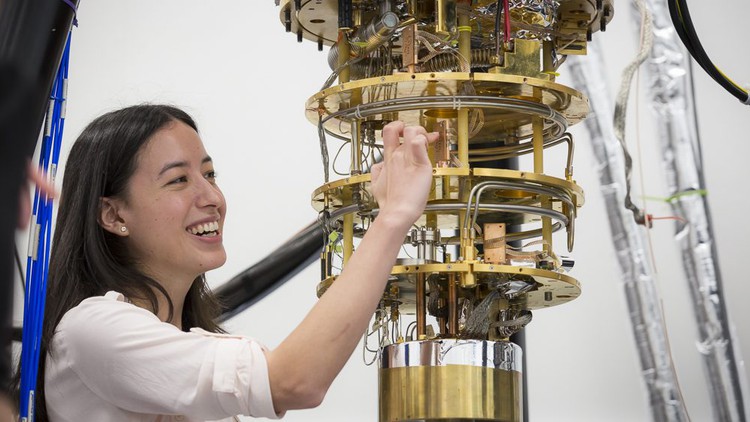
4,601
students
5.5 hours
content
Mar 2025
last update
$69.99
regular price
What you will learn
Learn and understand about General Quantum Computing based on IBM Qiskit Documentation
Screenshots
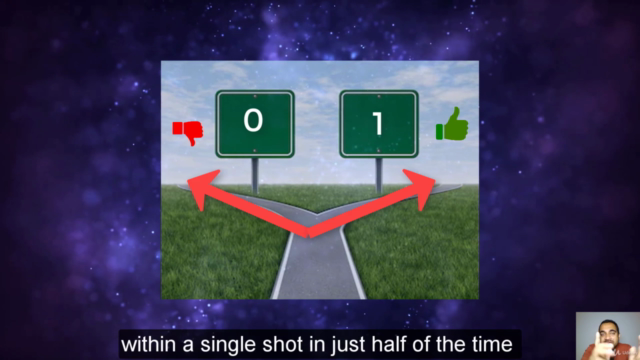
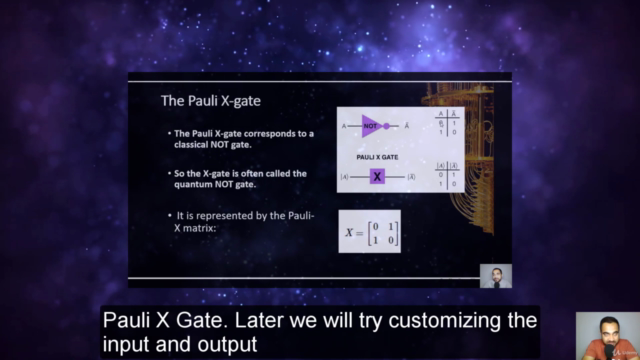
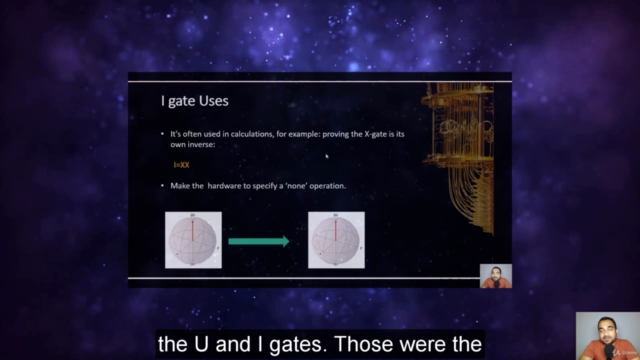
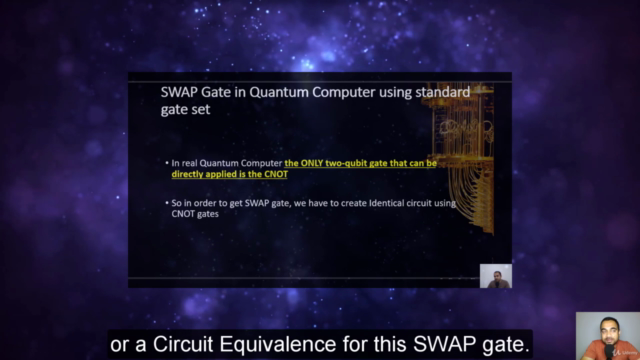
Related Topics
3308720
udemy ID
7/7/2020
course created date
1/29/2021
course indexed date
Angelcrc Seven
course submited by